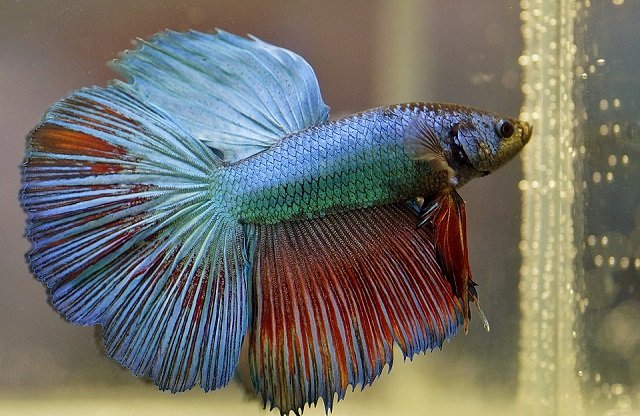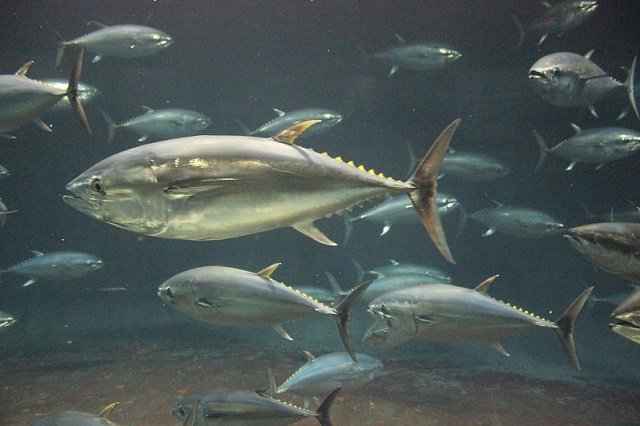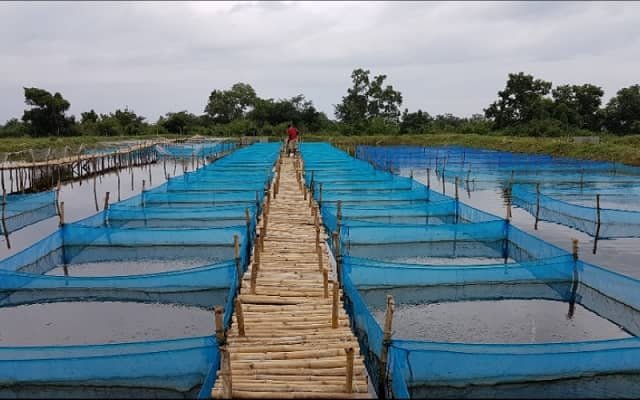Aquaculture is currently the world’s fastest growing food industry, and now accounts for over 50% of the total global seafood supply. Sustainable aquaculture growth is key to easing pressure on wild fish stocks, which are globally under stress as a result of over?shing. The industry is challenged with the responsibility of feeding a rapidly growing global population, and as worldwide seafood consumption increases, sustainable aquaculture production has to increase to keep up with demand. However, concerns have surfaced about the environmental repercussions of such growth. Thanks to innovation and technology, however, the focus has shifted towards the longevity and sustainability of aquaculture.
Here are five ways we can minimize aquaculture’s environmental footprint and push the industry to be more sustainable as it develops.
Move inland
Moving aquaculture into land-based recirculating systems is one of the best ways to reduce or eliminate the environmental impacts of farming fish. Recirculating aquaculture systems (RAS) are technologies that create suitable conditions for aquaculture using indoor tanks, pumps, aerators and filters; with new developments, they can be designed to attain up to 100% water recycling within the system. The possibilities with land-based RAS are endless. They not only act as a mitigation strategy for traditional aquaculture’s environmental impacts, but also allow for aquaculture to take place anywhere, including in urban areas and the desert. In fact, desert aquaculture is proving an exciting opportunity for regions like the Middle East and North Africa.
More information at: https://www.weforum.org/agenda/2018/09/5-ways-to-guarantee-sustainable-aquaculture/
Editor at the digital magazine AquaHoy. He holds a degree in Aquaculture Biology from the National University of Santa (UNS) and a Master’s degree in Science and Innovation Management from the Polytechnic University of Valencia, with postgraduate diplomas in Business Innovation and Innovation Management. He possesses extensive experience in the aquaculture and fisheries sector, having led the Fisheries Innovation Unit of the National Program for Innovation in Fisheries and Aquaculture (PNIPA). He has served as a senior consultant in technology watch, an innovation project formulator and advisor, and a lecturer at UNS. He is a member of the Peruvian College of Biologists and was recognized by the World Aquaculture Society (WAS) in 2016 for his contribution to aquaculture.




